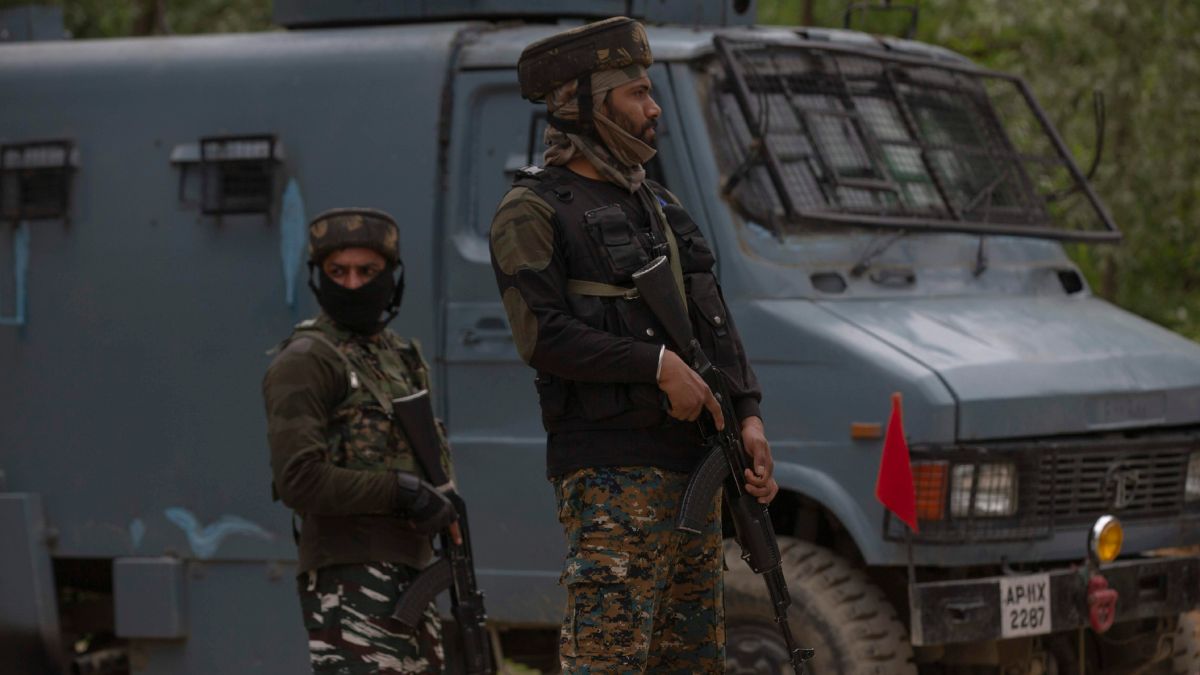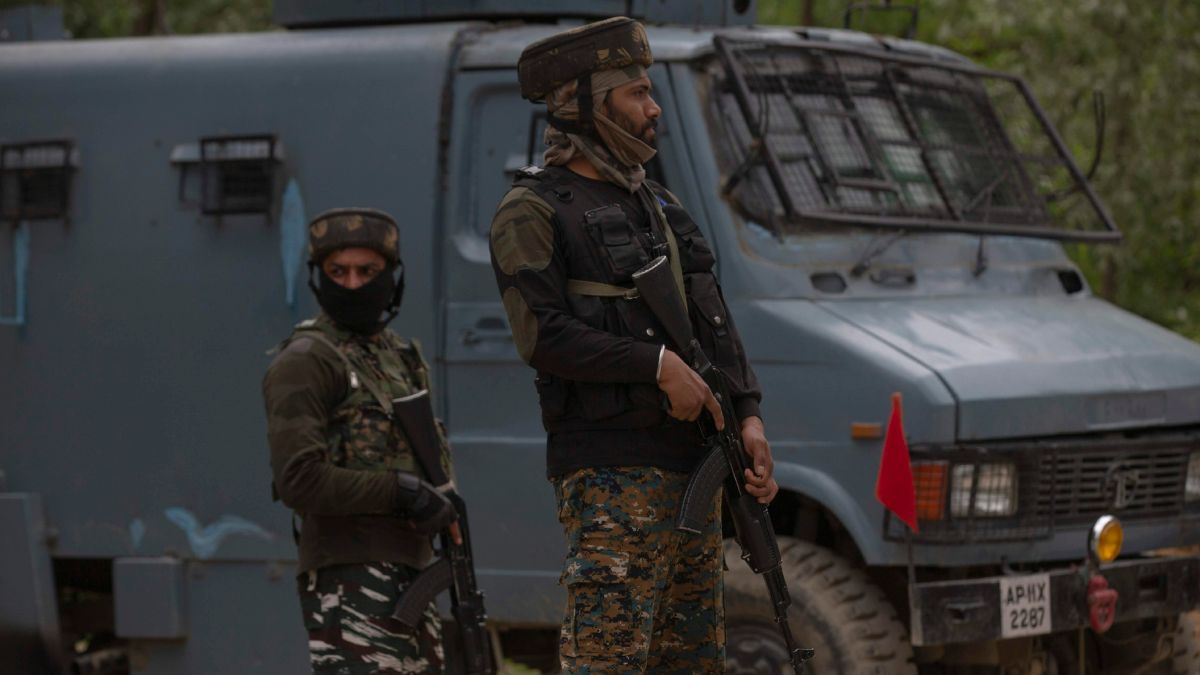India recently concluded a historic six-week-long national election, which has garnered considerable attention both domestically and internationally. With nearly 970 million voters, India boasts one of the world’s most momentous elections. The election’s outcome is of significant interest, as Prime Minister Narendra Modi has secured a third consecutive term, making it a pivotal moment in the nation’s political landscape.
India possesses a deeply ingrained commitment to democracy, rooted in its historical and philosophical heritage, showcasing a tradition of democratic ideals. The adoption of the sacred Constitution in 1950 solidified India’s status as a democratic nation, symbolising its dedication to civil rights, freedom, and equitable resource distribution. In the Lok Sabha Election of 2024, the resurgence of the Congress party and a high voter turnout in India displayed the nation’s democratic vigour. The Congress surprised many by increasing its seat count substantially from 52 to 99, signalling a significant shift from the expected dominance of the BJP.
India, well-known for its massive democracy, conducted the election with millions of voters, intricate mobilisation strategies, and the growing impact of social media. The election results reflected the country’s commitment to inclusive democracy, with diverse voter demographics participating actively, including women, senior citizens, and individuals with disabilities. The huge election mobilisation involved over 1.5 crore polling and security personnel, utilising various transportation methods and monitoring teams to ensure the smooth operation of the electoral process.
Acknowledging the challenges it faces, India’s rich democratic tradition, inclusive ethos, and historical contributions highlight its significance as a democratic nation. The complexities of India’s democratic landscape demand continuous efforts to address issues like political conflicts and growing inequalities. Despite these challenges, India’s commitment to democratic values remains resilient. India’s democratic narrative reflects a legacy of democratic principles mirrored in the diverse contributions of influential philosophers and leaders. These historical foundations culminated in the establishment of a democratic system following the adoption of the Constitution in 1950. The democratic ethos of India is further exemplified by its emphasis on public morality, freedom of expression, and the right to dissent — essential elements of a vibrant democracy.
As evident in the 2024 elections, democracy in India has further deepened. With inclusion of representation of women and Dalits and tribal communities, India showcased its strong democratic principles. The 2024 Lok Sabha elections in India marked a significant reorientation of the political landscape, particularly in relation to the participation and performance of Scheduled Castes (SC) and Scheduled Tribes (ST) candidates. Out of the 543 Lok Sabha seats, 131 were reserved for SC and ST categories, emphasising the critical role these communities play in India’s democracy.
Impact Shorts
View AllThe 2024 Lok Sabha election outcomes have exhibited significant shifts in the democratic landscape within the government. In the 2024 Lok Sabha election, Narendra Modi’s BJP and its allies clinched 292 seats, establishing themselves as the most prominent party. The BJP’s supremacy in the northern and western regions through its visible developmental programmes and policies has been pivotal in their impressive performance. Furthermore, despite facing a formidable opposition alliance led by the Congress party, the BJP’s strong electoral display has reaffirmed their ongoing influence in shaping India’s national politics.
The BJP’s enduring control in numerous states and their strategic partnerships continue to fortify their position throughout the country. These outcomes not only indicate the BJP’s capability to uphold and broaden its influence in critical areas, but also highlight the party’s consistent impact on India’s political landscape, solidifying its fundamental role in shaping the nation’s future governance. This transition highlights the evolving nature of coalition politics in India and underscores the growing importance of broader alliances and cooperative governance within the democratic framework.
The International community has been closely monitoring India’s election, with over 50 countries taking a keen interest. In the event of Modi’s triumph, it signifies a continuation of his policies and potentially shape India’s domestic and foreign policies for the coming years. The aftermath of India’s 2024 Lok Sabha elections reveals intriguing democratic shifts and voter sentiments. The victory of the BJP-led NDA for a third consecutive term highlights the enduring trust and support of the Indian people in Prime Minister Modi’s leadership. Despite not reaching the ambitious 400-seat target, the election results solidify the NDA’s mandate to advance its progressive agenda for the nation.
Prime Minister Modi’s imminent return for a historic third term emphasises his unwavering popularity and the people’s endorsement of his transformative vision. The performance of the INDIA bloc underscores the evolving political dynamics, providing a platform for diverse voices and perspectives within the political arena. However, it also showcases the NDA’s resilience in navigating a more competitive political environment, showcasing the enduring appeal and robust leadership under Prime Minister Modi.
The evolving political landscape highlights the vibrancy of India’s democracy, with the NDA well-poised to address the nation’s challenges and opportunities in the upcoming years. This underscores the evolving voter sentiments and the need for adaptability in the face of changing political currents. Prime Minister Modi’s third term in office reflect sustained support from voters. This outcome emphasises the continued popularity of the party and its potential to form a stable and effective government.
Following the conclusion of the election, it is evident that the voter sentiments leading up to the election were multifaceted, reflecting the diverse socio-political fabric of India. Modi’s leadership has been associated with economic development and boosting India’s global standing. A victory for Modi has solidified his influence.
The election was marked by its sheer scale and historic voter turnout. The election process, spanning six weeks and involving over a million polling stations, underscored the logistical and administrative feat. The candidates traversed the country, and voters queued for hours, highlighting the significance of this democratic exercise. Despite challenges, the election affirmed India’s commitment to its democratic process. The BJP’s initiative, which seeks to uphold the country’s cultural heritage and enhance governance, differs from the opposition’s pledges, which have been criticised for undermining traditional values and principles.
The state of Uttar Pradesh, traditionally a BJP stronghold, saw a substantial transformation in SC/ST political dynamics. The Samajwadi Party and the Congress made notable progress in the BJP’s SC vote bank, leading to a decline in the BJP’s SC seats. This shift underscored changing political alliances and voter preferences, with the SP chief Akhilesh Yadav’s PDA (Pichhda, Dalit, and Alpsankhyak) narrative resonating strongly with the electorate. The increased representation of reserved communities in the Lok Sabha is expected to bring new perspectives and priorities to national politics.
After the 2024 Lok Sabha elections, it was observed that out of the 797 women who participated in the electoral race, only 74 emerged triumphant. This signifies that a mere 13.6 per cent of the total 543 MPs are women, a figure noticeably lower than the 14.3 per cent representation seen in 2019, despite women accounting for approximately 50 per cent of India’s population. When examining women’s representation across states and Union territories, Tripura and the Union territory of Dadra and Nagar Haveli and Daman and Diu tied for the top spot in terms of female representation. Each of these areas elected one woman out of their two Lok Sabha constituencies, equating to 50 per cent representation, reflecting a notable achievement. Notably, Delhi ranked third in women’s representation, with women MPs holding 28.57 per cent of the seats. In terms of states with the highest number of women MPs, West Bengal emerged as the leader, electing 11 women out of its 42 seats, all of whom belong to the Trinamool Congress. Following closely are Maharashtra and Uttar Pradesh, each having seven women MPs.
Despite existing challenges, such as the underrepresentation of women in specific states and union territories, India’s democratic elections consistently reinforce the nation’s commitment to empowering its citizens and fostering fair participation in politics. Ongoing efforts to address these disparities and promote diverse representation will be essential in strengthening India’s democratic principles in its electoral landscape.
Alok Virendra Tiwari has worked with National Commission for Scheduled Tribes. He was part of Indian delegation to World Food Forum’s Conference organised by Food and Agriculture Organisation (FAO). He is currently part of the Chanakya Fellowship in Social Sciences at Chanakya University, Bengaluru. His research interest revolves around governance, political behaviour and foreign policy. Views expressed in the above piece are personal and solely those of the author. They do not necessarily reflect Firstpost’s views.


)
)
)
)
)
)
)
)
)



